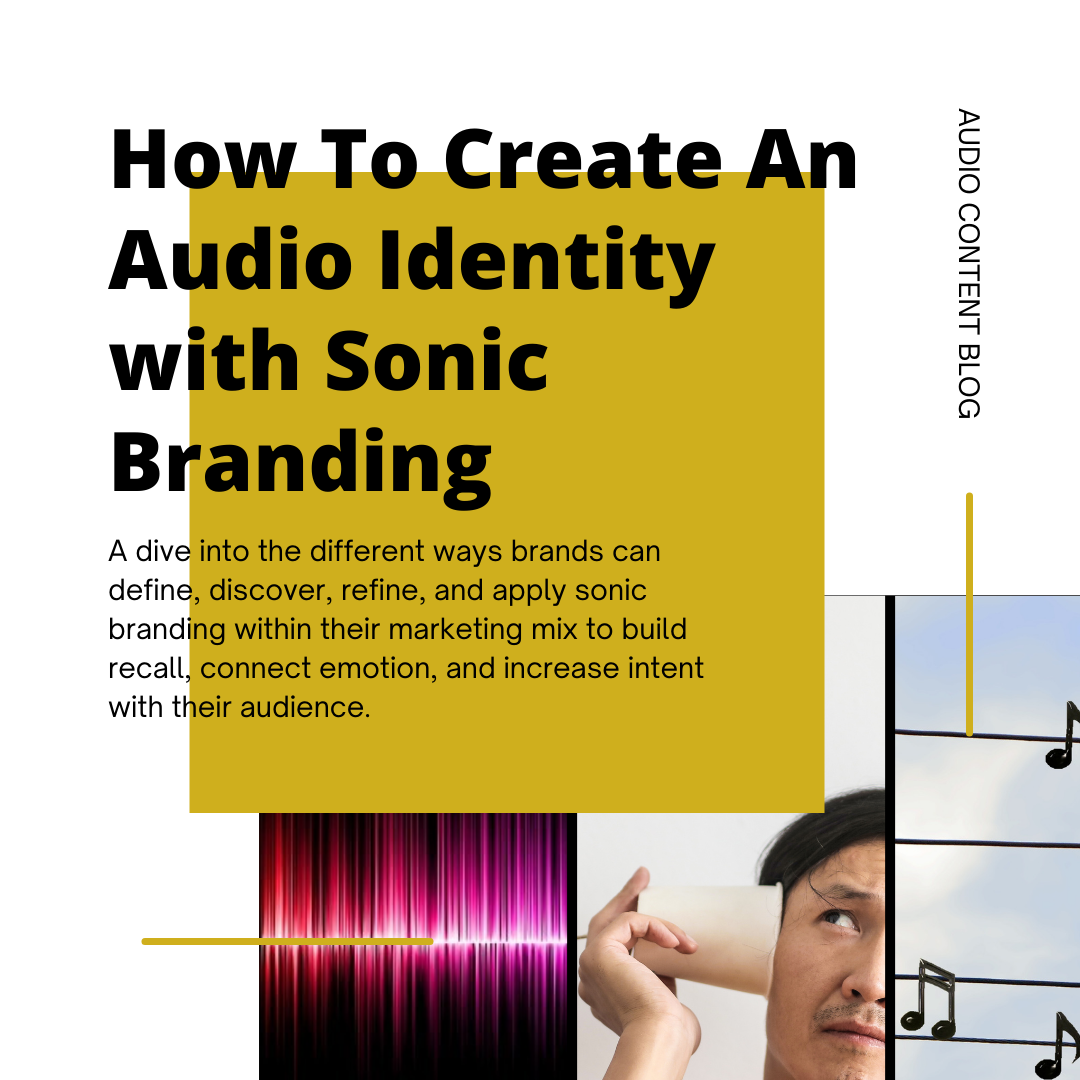Whether it’s the back up tones emanating from an electric vehicle, the Netflix “ta-dum” sound, the local furniture store jingle from TV, the Slack notification chime, or the chorus (on an endless loop) of “We Don’t Talk About Bruno” from Disney’s “Encanto,” audiences cannot help but build a brand’s audio identity when exposed to earworms, audio logos, and sonic branding.
The essential task for marketers is to capture and hold attention for their brand. Sonic branding and audio logos activate emotion and memory in ways visual or textual cues cannot match. However, having a jingle isn’t a magic marketing pill. For sonic branding to be impactful, there has to be an emotional fit between the audio identity and the brand itself.
Let’s discuss the different ways brands can define, discover, refine, and apply sonic branding within their marketing mix to build recall, connect emotion, and increase intent with their audience.
The modern marketing mix is mostly on mute
Marketers are obsessed with direct response campaigns with rational calls to action, preferring personalization & targeting over category awareness, budgeting for short term sales windows versus long term branding goals.
Whether it’s the emergence of data privacy, the crumbling of cookies and tech assisted digital advertising, or a response to the fractured media landscape, brands and agencies realize how difficult it is to capture attention tactically. But are marketers stressing over the correct ways to elicit memory and awareness through distinctive assets?
Distinctive brand assets are any piece of marketing material that serve as representations or stewards of your brand’s character – colors, taglines, fonts, characters, – assets that signify and ingratiate your brand in memory.
What sound does your marketing make? Can the audience hear your distinctive brand assets?
It should be considered a prerequisite to utilize distinctive brand assets to drive mental availability, but somehow the use of memorable iconic characters (and jingles) feels dated, or out of reach. And when compared to the return on ad spend of digital advertising, big brand advertising can appear as a hubristic waste of budget.
The “returns” or network effects from the strategic use of distinct branded assets, particularly audio logos and sonic branding, most likely won’t show up in 24 hours, but the memorable effects within the marketplace can potentially last generations.
Be interesting or be inert | Be heard or be herd
There’s a difference between being considered and being remembered. Most over-targeted, hyper-personalized, direct response marketing teams don’t have time, budgets, or bandwidths to flourish enough in the short term to plan for a future. We get it.

We adhere to the Catch and Release Marketing framework, wherein it’s most important that your brand marketing be “easy to think of, easy to buy, and easily thought worth it.”
Here’s an excerpt:
“Our thinking around how to build memorable experiences in marketing is stuck. We’re stuck in ‘brands transmit/people receive rational messages’ mode, when we need to be thinking about deeper ways to communicate and connect to the human brain through associations and passivity.
Humans remember emotions and forget facts. And the stronger the emotion, the stronger the memory. Is it your hope to be rationalized, or remembered by your audience?”
But if your brand never makes noise through distinctive assets, how is anyone going to recognize you on a crowded shelf, or hear what you have to say? Again, this line from the Catch and Release captures the real mission marketers are on.
“The goal of advertising/marketing is to first get noticed and then build and refresh memory structures through relevant associations, not convince an emotional and distracted audience of the rational/unique merits of a product.”
With the proliferation of voice interfaces, audio search, podcasting, and audio content marketing, brands are opening up their minds and ears to audio as a critical aspect to their marketing mix.
This is why it’s critically advantageous for brands to compose and define their own audio identity and sonic brand, and use it to capture and hold the attention of their audience. Let’s dig in!
How sonic branding works on the brain
The sounds and musical cues coming from a flute, versus a tuba, versus an electric guitar, connote different mental scenarios and settings. There are many emotional dimensions of music, but the ones most important to the job of eliciting emotional responses are valence (depth of feeling) and arousal (rate of feeling).
Music can arouse emotion within 3-4 notes, and depending on the valence associated with the emotional response to music, the connection to an audio cue can be very deep and instantaneous. The way our brains receive and decode soundwaves passes through our perceptions of the instruments we hear, the manner in which the whole cue is composed, and then the emotional connection we have to those combinations.
Happy music tends to have higher notes, brighter harmonics, faster tempos; whereas sad or contemplative music features notes from the lower registers, slower tempos, and sparse harmonics.
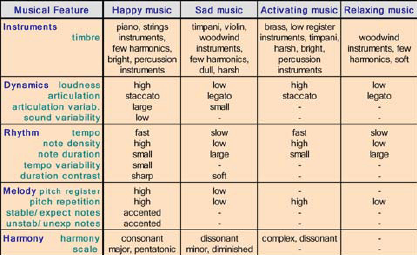
Mapping out the way brains process musical cues and transform them into emotions and memories has been studied for years, and most recently by Antonio Pedro Oliveria and Amilcar Cardoso in their paper “Automatic Manipulation of Music to Express Desired Emotions” they devised a computational system by which they could measure the emotional response to the manipulation of musical features: tempo, pitch register, musical scales, instruments and articulation.
The systematized knowledge we have of musical instruments and their characteristics plays into the way listeners perceive audio cues and connect them to emotions and memories.
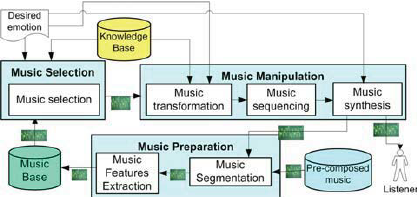
Quite simply, a musical cue hits our ears and we cross-process it with a database of music we’ve memorized, which is tied to a database of knowledge we’ve acquired through experience.
If we hear the first few notes of “Deck The Halls,” our brain lights up the associations, emotions, memories with those tones, but what’s most interesting, is how our brains can recognize musical cues that have been manipulated, i.e played slower, on different instruments, different keys. Listen through the examples below to experience this for yourself.
Melody identification is a fundamental aspect of communication. The way families speak to children, the ability to discern an infant’s cry or a mother’s call is essential for survival, and it’s this set of skills that works with jingles and sonic branding.
Our ability to discern recognizable tones in a variety of differing environmental situations and settings is key to our ability to respond and react to threats or opportunities. It’s this basal response to sound that makes sonic branding so impactful to marketers and brands looking to connect in meaningful ways with audiences.
How FAST do you want someone to connect your brand marketing to their emotion and memory? Music impacts us immediately and deeply, whereas other sources of stimulus have to work through several layers of cognition before they’re tagged with an emotional memory.
Does green VS red make the logo look safe or aggravated? Is Garamond classy, or Helvetica trashy? How long will it take for an audience to gain a feeling of the emotional impact of your product from your core values or mission statement?
Now, take into consideration how sonic branding and audio logos activate emotions and memory and imagine how much quicker and deeper a sonic branding impacts an audience and drums up brand associations versus alternative means of messaging. No comparison.
Building your brand's audio identity
Before you can compose an audio identity or sonic brand, you have to have a clear and unobstructed definition of your brand. This can be difficult due to the Familiarity Fallacy.
Since marketers and stakeholders spend so much time thinking about their brand, they think everyone else does too. This Familiarity Fallacy can lead to several misgivings about what a brand actually is, how it’s perceived and considered in the marketplace. So how can you discover your brand?
The truth is, a blueprint for branding does not exist.
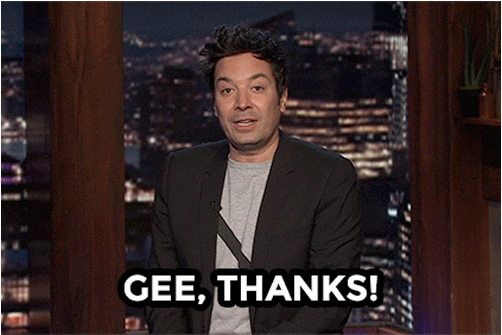
There are, however, certain principles that can guide the curation and creation of a brand identity. Pilfered from Halo, a truly brilliant UK branding agency, their four principles of a brand, Context, Narrative, Identity, and Experience, can provide a rough framework to discuss how to shape your brand’s audio identity,
Audio Identity and Context
Marketers know that qualitative research is important to product development. But one thing that most focus groups ignore is context. The way people respond to and experience a brand, IN REAL LIFE, can be massively different than when they are hour 3 into a qualitative research focus group on which mac-n-cheese makes them feel “most independent?”
The context in which your brand is experienced needs to be considered when composing an audio identity. Here are some starting questions to understand your brand’s audio identity and context;
- What sounds surround your product or service when it’s being purchased?
- What sounds emanate from your product when it’s being engaged?
- What does the process of production for your product or service sound like?
Using these points of research, you can build a database of incidental and intentional sounds that can be incorporated into an audio logo, audio content marketing, advertised messaging, and other sonic mediums.
The crunch of potato chips, the snap of an ice cream bar’s chocolate shell, the crinkling of a package; all these sounds have attentional cueing effects, bringing the listener’s consciousness to the objective world. Sight, sound, and memory are interlinked in the brain. It’s the smart marketer that decides to bring attention to these cues and establish a subconscious connection.
Sonic branding and Narrative
Are you telling your brand’s story explicitly, or are you leaving narrative as an implied characteristic; “everyone knows what we stand for.”
Since music has a unique ability to mentally and emotionally connect with an audience, its use as a narrative signpost can bring cohesion to branded communications in all formats. This is useful in defining a narrative that consumers can use to differentiate your brand, within their waking lives, and amongst the category set of competitors.
The way people process and experience life is through lived-time, the minutes that thread into hours that span into months. This is why the musical montage, also referred to as sound collage, is such an impactful storytelling mechanism; music defines space and time and moves us through it.
The nostalgic, associative, and Gestalt effect that music and sound can have on listeners can be critical to understanding how your brand’s narrative can be packaged into your distinctive brand assets.
Classical music connotes a different aesthetic than country. Simple chords from a string section, moving in predictable patterns creates a different feeling in an audience than the angular lines of an improvisatory saxophone.
The musical narrative of a brand’s audio identity should reflect the characteristics and descriptions given and perceived by the marketplace. This is why understanding your brand identity is so crucial to composing a proper audio identity.
Identity and Sonic Branding
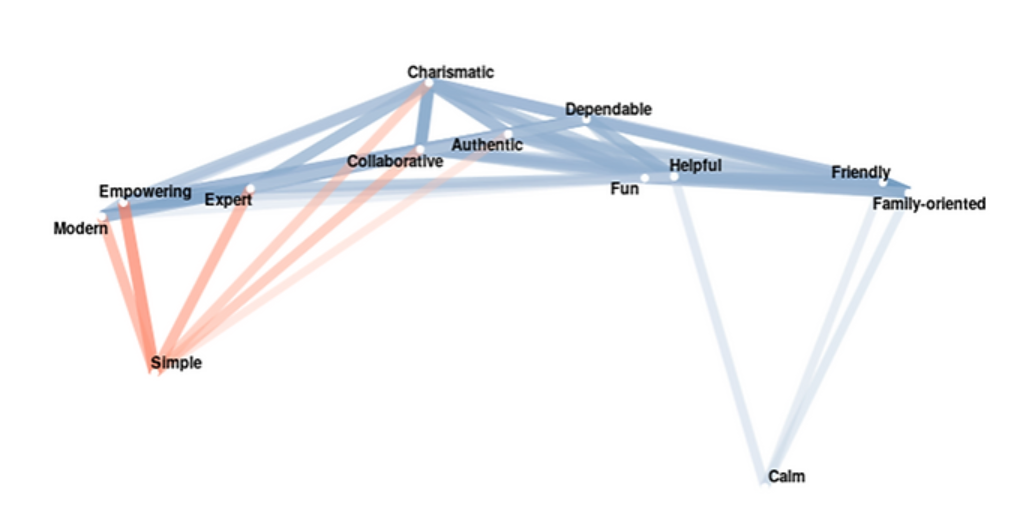
There are many ways, adjectives, metaphors to describe a brand, but what can be most instructive in building an audio identity, is the voice of the customer or consumer.
- What do customer sentiment indicators say about brand perception?
- In actual reviews, what adjectives are used to describe your brand?
- In case study interviews, how is the experience of your brand described?
These data points can help you begin to build descriptive characteristics and adjectives that put your brand’s audio identity into perspective. For more info, read our blog on how jingles and music impact our memories.
Experience and Sonic Branding
Brand experience describes the sensations, thoughts, feelings, and behavioral responses evoked by brand-related stimuli. It’s how a package, promotion, placement, and price all impact the people.
It can be easy to equate one type of brand experience with another, but there is a difference in between the way an audience perceives the big brand energy of a billboard, versus the small potato vibes of a display ad.
Brand experience refers to the combination of brand strategy and customer experience, which is why sonic branding can be such a massive cheat-code toward memorability, recall, and distinction.
Depending on your product, there may be limited ways to ‘experience’ it, but sound is a cross-hemispheric full-brain experience that directly tags stimulus with memory and emotion.
How to define sonic branding impact
Most marketers and business owners do not want to give any marketing tactics the green light without understanding how to measure it’s effectiveness. So before you choose to implement your audio logo across all channels, here is a basic framework as to how to measure the impact of a sonic branding initiative.
Market Penetration + Effectiveness + Personality
Market Penetration – Exposure Investment, Share of Ear, familiarity
Effectiveness – Initial likability, recall, increase purchase propensity
Personality – Archetypal characteristics, positioning, consumer/product fit
The personality, effectiveness, and market penetration of your audio identity are all key components to the success of sonic strategy. Keep in mind that success in just one of the above sections is not enough to ensure an effective sonic strategy. You can have a great jingle that matches your personality, but if no one hears it, if those sounds never penetrate the market, the phones will be a little quieter than they should be.
The manner in which you track and measure the success of your sonic branding will also determine how you perceive the success of your audible marketing efforts. It takes time for a jingle to grab a hold of an audience. If you’re looking for instant virality or results within two weeks, you’ll most likely under budget for the media spend and quickly be switching brand horses in the middle of a stream.
Billboard has been keeping track of chart topping music for decades, and for any artist looking to breakthrough to the top, they suggest a MINIMUM 6-8 week pre-sale run of a potential pop hit. So like advertising, exposure frequency is a key aspect to sonic branding, but unlike advertising, audio logos and ear worms connect at a primal level with an audience’s auditory cortex, and can secure an almost instantaneous and unforgettable foothold in the brain.
Interested in a sonic branding strategy for your brand? Ready to make some noise? Get in touch with Audio Content Lab!

